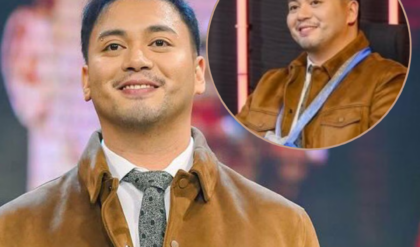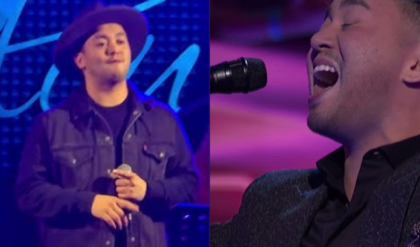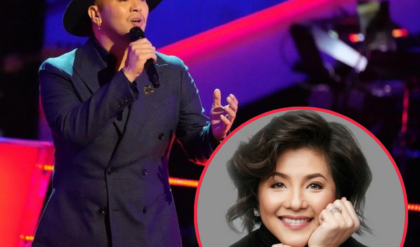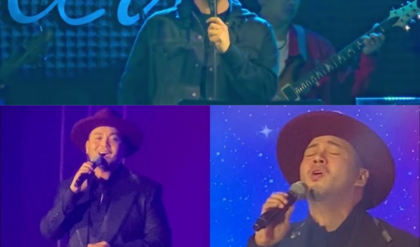How Star Trek: First Contact Saved Tom Cruise’s Biggest Franchise
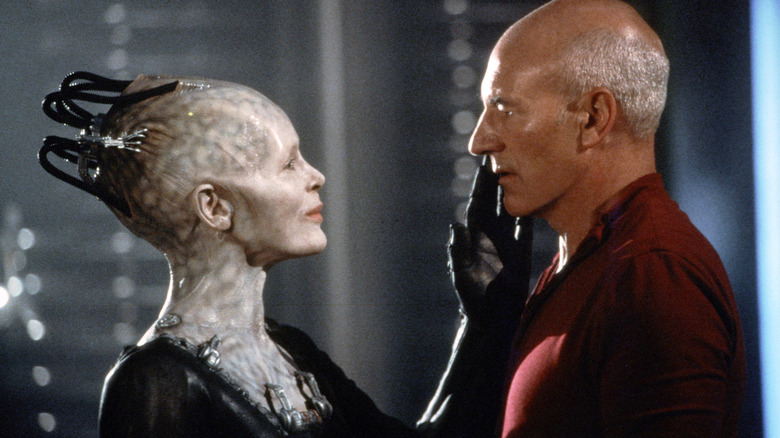
In 1996, two notable blockbusters, each based on TV shows, were released by Paramount. On May 22, Brian De Palma’s “Mission: Impossible” hit screens, detailing the adventures of super-spy Ethan Hunt (Tom Cruise) as he went on the lam after being framed for killing his super-spy teammates. It was a massive hit and set the stage for a supra-action franchise that has lasted to this day. The film cost a sizeable $80 million to make but earned $457 million at the box office.
Six months later, on November 22, the eighth film in the “Star Trek” franchise, “Star Trek: First Contact” was released to much acclaim. “First Contact,” based on “Star Trek: The Next Generation,” boasted a time travel plot wherein the U.S.S. Enterprise traveled back to the year 2063 to face off against the malevolent cyborgs known as the Borg. It wasn’t as thoughtful or diplomatic as the show on which it was based, but even non-Trekkies enjoyed the film’s turn to high-octane action. That film only cost $45 million but made a still-impressive $146 million.
A fun connection between the franchises: screenwriters Ronald D. Moore and Brannon Braga wrote both “First Contact” and the first draft for the 2000 “Impossible” follow-up, “Mission: Impossible 2.” It seems that the success of “First Contact” kept Moore and Braga on the professional map, inviting Paramount execs to call them about a sequel to the Tom Cruise actioner.
In 2020, Moore talked with the Hollywood Reporter about his involvement with “Mission: Impossible 2,” a film on which he ultimately only had a story credit on. He recalled getting a somewhat panicked call from Paramount exec Don Granger, asking he and Braga to help with their sequel, as no writers were, as yet, having luck finding a good enough story.
Ronald D. Moore and Brannon Braga wrote Star Trek: First Contact AND Mission: Impossible 2
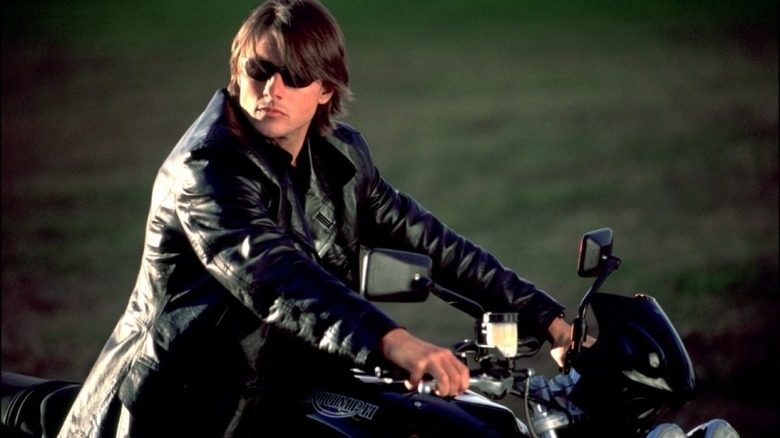
It should be said that the production of “Mission: Impossible 2” was notoriously messy. Ultimately, John Woo was selected as the director, but that was after the project already passed through the hands of Oliver Stone, working from an extant script by David Marconi and Michael Tolkin. Moore and Braga were, at that point in their careers, best known for their work on “Star Trek,” and they didn’t have a lot of feature film experience. This was to be a major opportunity for them.
Directors kept entering and exiting the project, but Moore and Braga were eager to write a great screenplay and, Moore reported, they kept meeting with Tom Cruise and his producer Paula Wagner at the actor’s home, workshopping everything. He said:
“We first met with Tom and Paula Wagner, sort of a general meeting to get a feel for us, and that went well, […] We would meet with Tom every day, for like a month, just hanging out with him and working on story. It was wild. Looking back on that now, it was really cool what we did. We really liked him. He was a great guy, very smart, he was funny … he had a deep knowledge of film and cinema.”
During the workshopping process, Moore, Braga, and Cruise felt they could do a modern update of Alfred Hitchcock’s “Notorious,” and the basic framework was laid.
According to the Hollywood Reporter article, Moore and Braga also came up with several of the finished film’s standout sequences. It was their idea to start the film with a mid-air hijacking, and it was their idea to make the McGuffin a deadly virus called Chimera, offset by a cure called Bellerophon. They also thought up Ethan Hunt’s introduction scene, where the spy was climbing up a sheer rock face.
Mission: Impossible 2’s rock climbing scene was Cruise’s idea
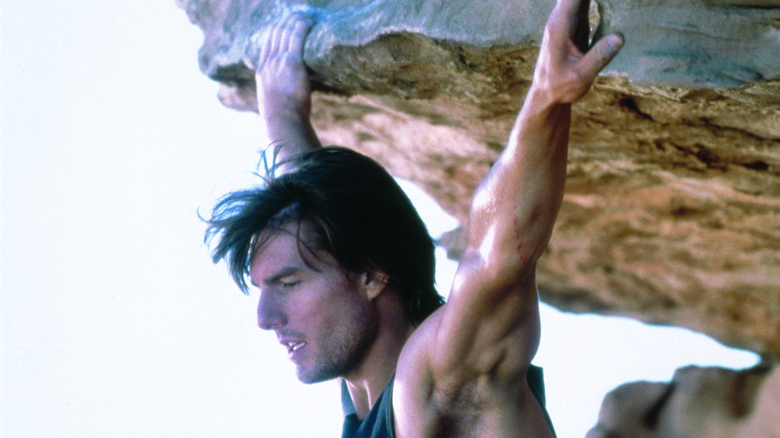
Moore said that the rock climbing scene “was all Tom’s idea.” Cruise was way into climbing at the time and wanted to do it in front of a camera. Moore and Braga wrote the scene.
Moore also related a few amusing anecdotes to The Hollywood Reporter about Cruise’s many stories. Cruise, he recalled, told him about meeting with notorious figures like Henry Kissinger and Dr. Jack Kevorkian. He also recalled witnessing a sweet moment of Cruise playing with his kids, pretending to be a pilot, and inventing action scenarios for them. Moore was charmed by Cruise.
Moore and Braga stayed on board even through the selection of a director, and they did indeed get to meet John Woo. Moore approved of the selection saying:
“I was in awe of him, because Ira [Steven-Behr] had gotten me into ‘Hard Boiled’ and ‘The Killer’ at the time, and I was so into those films. And there was a moment when Woo and I were alone, and I just had to ask him about the making of the tea house scene that opens ‘Hard Boiled.’ And he kind of lit up and said, ‘Oh, that was a whole thing,’ you know? He goes, ‘We spent days plotting it out, working with the cinematographer, ‘and he got so animated talking about it and how challenging that scene was to pull off.”
Ultimately, Moore and Braga were dismissed from the project, as Cruise felt that veteran screenwriter Robert Towne might have a better chance of writing something great. Moore and Braga have a story credit, but Towne is the only credited screenwriter.
Despite all the talent, “Mission: Impossible 2” remains the worst in the series, the victim of overproduction. It was, however, a success, and the series continued apace. Moore and Braga stuck with sci-fi.
